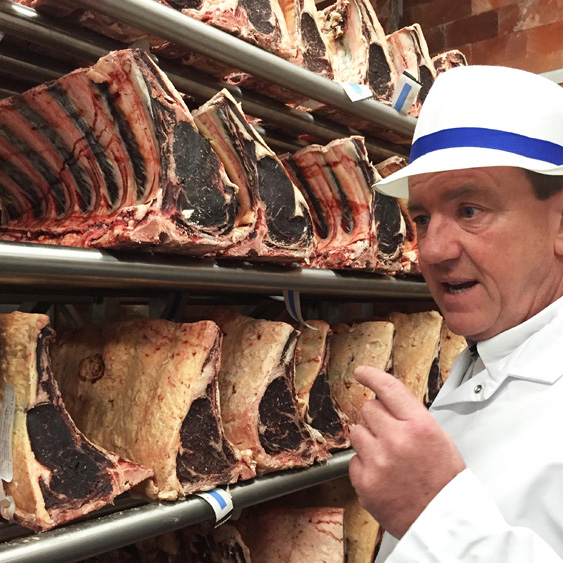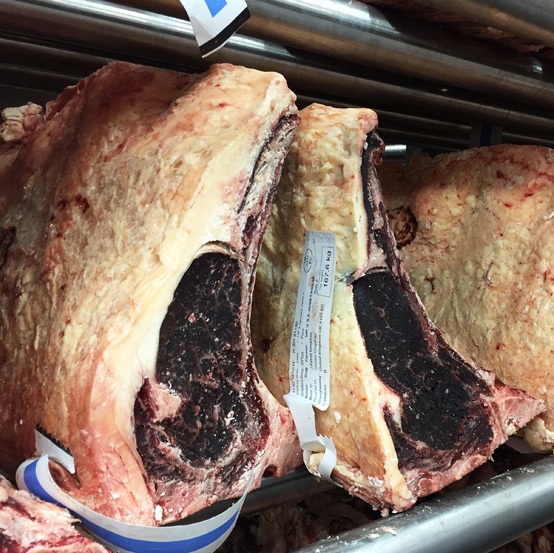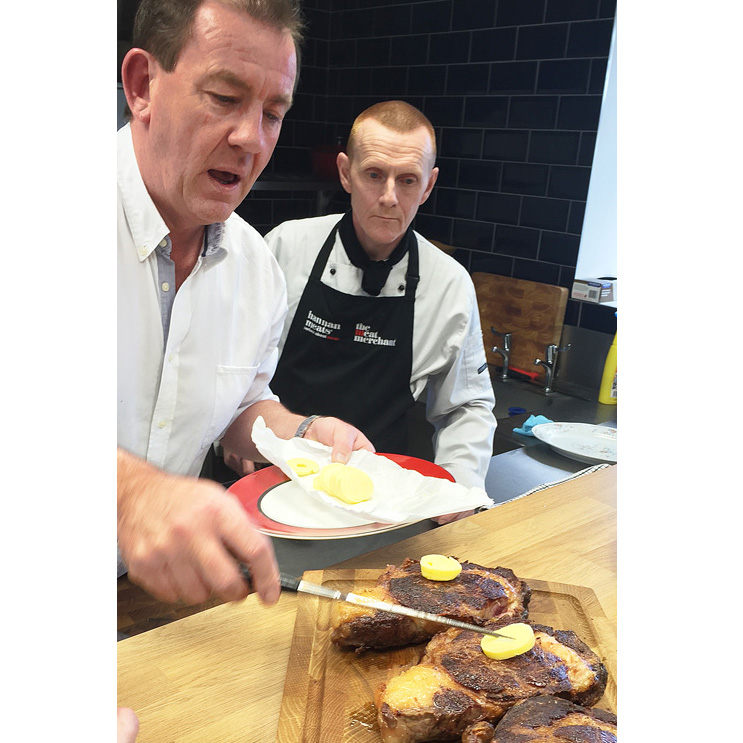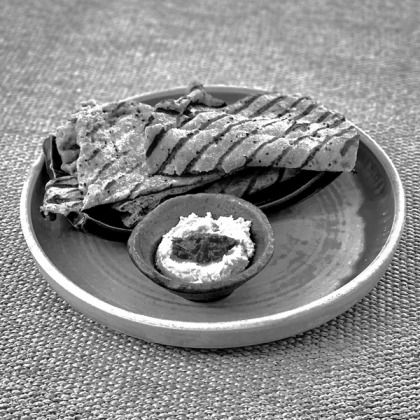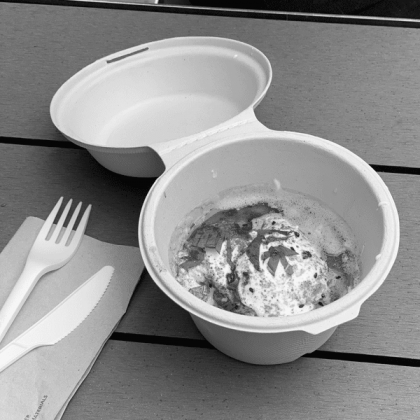Steak Charmer
He explains, while proffering strips of rare, buttery-soft steak, that this meat has been aged for somewhere around the 40 day mark. While a 40 day cycle had significance for the ancients - biblical events from the deluge to the writing of the commandments lasted for just such a length of time - on most occasions, you would expect meat hung for that long to be beyond redemption. However, this is not most meat and our host, Peter Hannan of Hannan Meats, is not most people. Poster boy for the burgeoning food scene in Northern Ireland, stellar performer at the Great Taste Awards - winning Best Northern Ireland speciality for the last 3 years running, in addition to the Supreme Champion accolade in 2012 for his Moyallon guanciale - and pioneer of Himalayan salt-aged beef, we are - through the kind offices of Food N.I. - at his Meat Merchant base in Moira, Co. Down, to see, hear and taste what all of the salt-aging fuss is about.
Peter describes the meat aging process as an unholy battle between good bacteria and bad - that which ages meat in a desirable way and that which causes it to rot: "If you hang a piece of meat in a cold room, for 12-14 days it'll improve, then as bad bacteria come into play, it’ll plateau for 7-10 days, then from around 21-24 days, your meat has started rotting.” Except, of course, if you are the steak crusader, he who finds a way to inhibit the bad bacterial action whilst allowing the good bacteria - the ones that help to break down muscle and concentrate the flavour of the meat - to keep doing their thing.
Enter the Himalayan salt chamber, which sounds at once primeval and exotic, and - if you’ve eaten a prime Hannan’s steak - its effects, at times, near mystical, but Peter will quickly tell you that this is no magic box: "all it does is give the meat the best chance to be as good as it can be.” Inside each salt chamber - they have built two, with work on a third commencing imminently - there is a single solid wall, several feet thick, of pink-tinged salt bricks, hewn from mines in the Pakistani Himalayas. The salt, Peter explains, is used, not to make the meat salty or to remove moisture, but for bacteria control. Air flowing over the bricks peels minute layers of salt into the atmosphere, while light, temperature, humidity, airspeed and access to the chambers are all carefully controlled.
“It took us about six years of experimenting to understand the science and fail a lot,” he says. They have literally taken sides of beef, hung them in a room until the meat fell off the hook and measured everything that was happening and, for a time, they also worked with a lab in an American university. One particular type of bacteria that figures later in the aging process was proving difficult to inhibit. A background in curing meats lead Hannan's to experiment with salts - about 11 different kinds - and they were on the point of giving up when they came across Himalayan salt. “We didn’t bother investigating why it worked - but just went with the fact that it did.” He points to one of the weighty, pinkish blocks. “It’s a very pure salt, some 250 million years old. It hasn't been polluted and seems to have that thing that we looking for to inhibit the bad bacteria.” And it seems somehow appropriate that they should use ancient salt to control an ancient process, though in a very modern way.
When they built their first salt chamber, they had no model to go on, but London-based chef Mark Hix was a big supporter, encouraging the development and taking all of the initial salt chamber capacity. Shortly afterward, such was both the success and the demand that they constructed a second, with five times the capacity of the first. It’s not just about the salt chambers, though. Spend any length of time talking to Peter or his staff and you’ll see that, from sourcing to steak, there’s great attention to detail in the whole process. Consistency is key, he will tell you, because there’s enough potential inconsistency in the meat itself.
So how long will their salt chambers last? "We don’t know,” says Peter, "this is virgin territory.” Salt in a cold room will naturally take on water and start to dissolve over time. They were told when they built their first chamber that it might last 3 years, but just over 3 years later, there has been no deluge and they haven’t changed a brick. Most of what the chambers produce goes into high end foodservice - on one day alone, just before Christmas, they sent 6.5 tonnes of salt-aged steak to London - though they also sell 24-26 tonnes of meat to all comers at their onsite shop every week.
Hannan’s, clearly, have arrived at a formula that’s working - tasting a piece of 40 day salt-aged steak tells you that - though Peter continues to push at the boundaries of what’s possible. “Is this the best that can be done? Probably not, but it’s how we best understand how to do things now,” he will say. Going further means experimenting with meat aged for up to 80 days and more: "At the 40 day mark, the meat is probably 97% of the way to where it can go.” And you know, instinctively, that if there’s another 3% to be found, Peter will do his goddamnest to find it.

